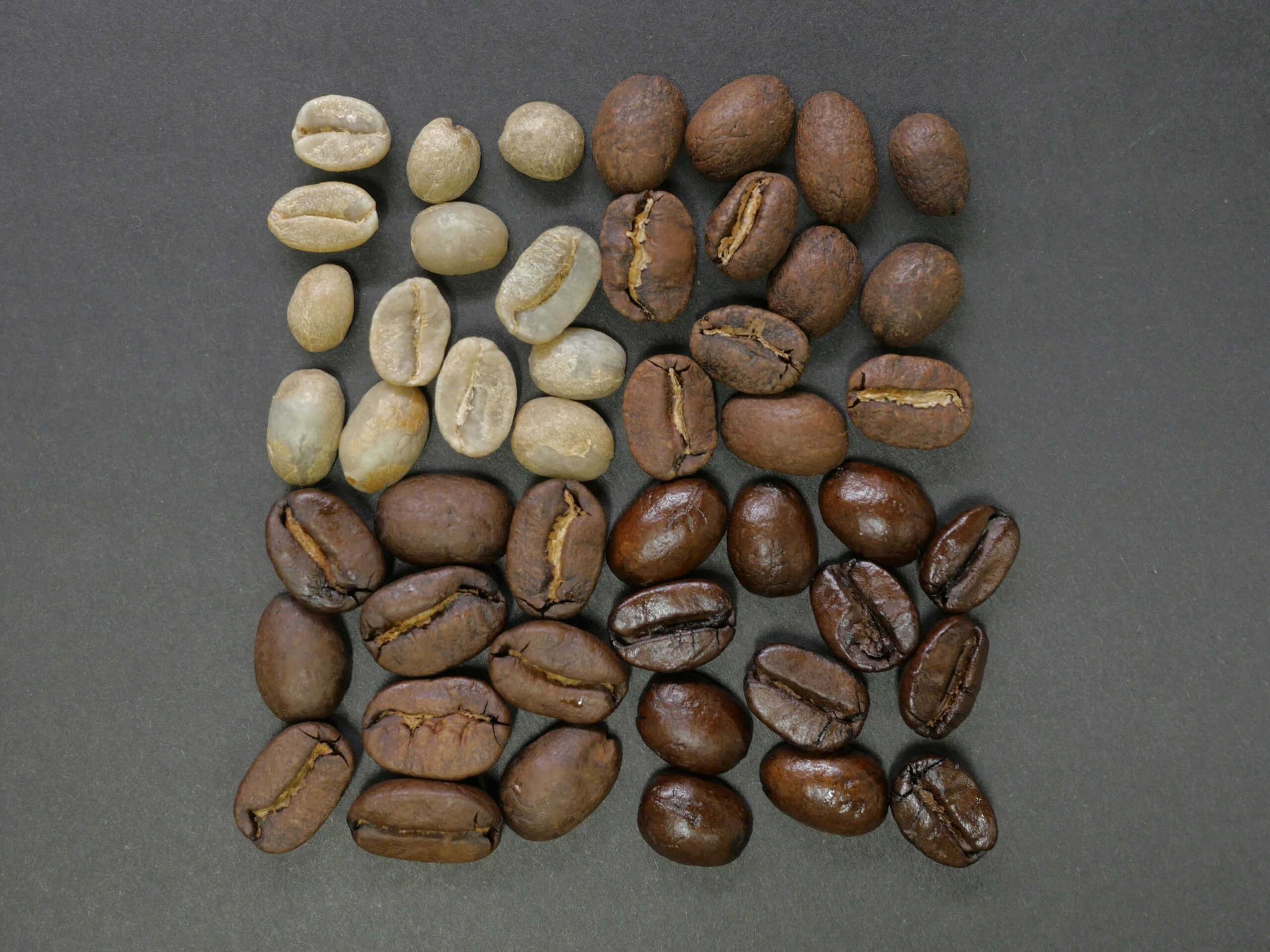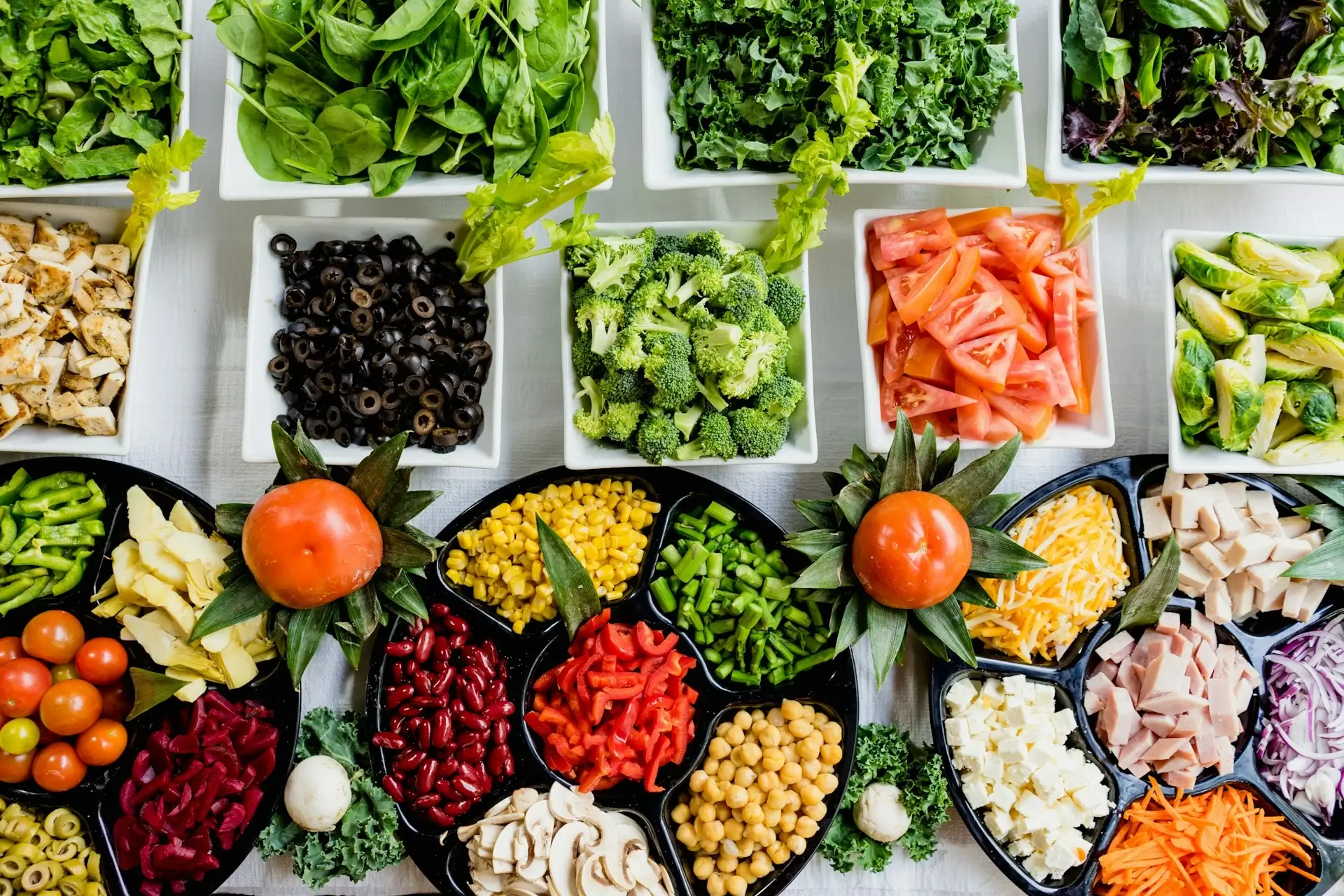Mate tea?
Why It’s Considered a Type of Tea and What Makes It Similar or Different
Many people call it “mate tea,” but it technically does not belong to the same botanical family as tea, which comes from the Camellia sinensis plant. Still, the two share so many traits that people around the world often include mate in the broader category of “herbal teas.”

Similarities Between Mate and Tea
People often compare mate to tea because of its preparation method. Both drinks come from infusing dried leaves in hot water. This process releases compounds that give them their distinctive flavor, aroma, and health benefits. You can also enjoy both beverages hot or cold; the Paraguayan tereré—a chilled version of mate—closely resembles iced tea.
Another strong similarity lies in their caffeine content, known as “mateine” in mate. This natural stimulant helps boost energy and concentration, which is why both drinks pair well with study sessions, work, or friendly conversations. They also contain antioxidants, polyphenols, and minerals that support overall wellness, reduce oxidative stress, and aid digestion.
Key Differences
Despite these similarities, mate and tea differ in several important ways. The first is botanical origin. Tea grows from the Camellia sinensis plant, native to Asia, while mate comes from the South American tree Ilex paraguariensis. This difference shapes their unique flavors, aromas, and chemical properties.
The way people drink them also sets them apart. Most people brew tea in a teapot or use a tea bag, then pour it into a cup for personal enjoyment. Mate, on the other hand, is traditionally sipped through a metal straw called a “bombilla” from a hollowed gourd or cup, often shared among friends or family. Sharing mate is an essential part of the experience—it represents community, trust, and connection.
The taste is another distinction. Mate offers a bold, earthy, and slightly bitter flavor, especially when prepared in the traditional way. However, many blends include herbs, fruit peels, or sweeteners that create softer, more approachable versions. Because of its versatility, mate can adapt to many palates and occasions.
More Than a Drink: A Cultural Experience
Trying mate for the first time means more than simply tasting a new beverage—it means participating in a cultural ritual that unites generations. In the regions where it’s most common, mate accompanies long conversations, workdays, and quiet moments of reflection. Preparing it involves small but meaningful steps: choosing the right yerba, heating the water to just the right temperature, and passing the gourd from hand to hand. These details slow down the moment and invite people to connect, offering a pause from today’s fast-paced lifestyle.
For anyone who loves tea and enjoys discovering new flavors, mate offers a fascinating experience. Its rich taste, natural energy, and deep cultural roots make it truly distinctive. Each region even has its own personality: Argentine mate is foamy and full-bodied, Uruguayan mate is dry and intense, while Brazilian chimarrão is vibrant green and smooth. Exploring these varieties feels like traveling through South America one sip at a time.
A Bridge Between Cultures
Ultimately, mate tea sits at the crossroads between the world of tea and the heritage of South America. Although it isn’t technically a “tea,” its preparation, properties, and growing global popularity have turned it into a universal beverage. More than just a drink, mate represents energy, togetherness, and cultural identity. Tasting it means discovering a living tradition and finding a new, meaningful way to enjoy the simple pleasure of sharing a good conversation.

Yerba Mate Caffeine Myth: Mateine
Yerba Mate and the Misconception of “Mateine”: Understanding the Truth About Caffeine Yerba mate is a traditional South American[…]



